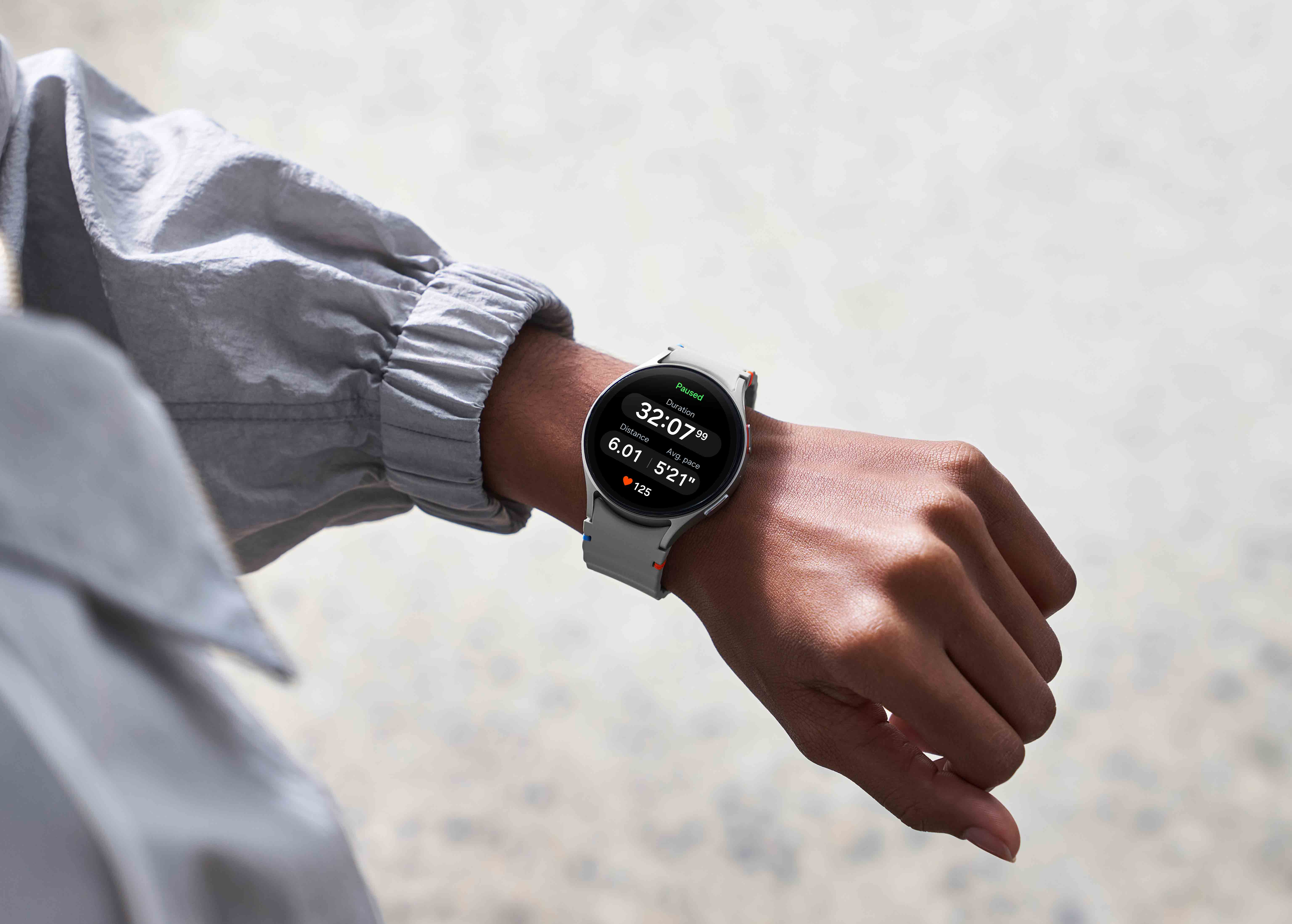Create a splash effect in RealFlow
Discover how to harness the Crown Daemon to build a realistic liquid splash.
08. Make more spikes

The scale of the splash still looks too small, but you can fix this by going into the Daemon tab and double-clicking the Spikes count until it reaches 10. Remember this setting in case you want to readjust it later.
Run the simulation again and you will see that you now have more vertical detail, although the overall shape still needs work
09. Use crown edit mode

Although the Noise Daemon is helping to break things up a little, the splash still looks too clean and regular. Select the Crown Daemon, hit the big Edit button to access all the live viewport tools you need to sculpt the splash. You should see a yellow border around the viewport, which means you are in Edit mode.
10. Sculpt the impact angle

At this point I want to define the overall angle of impact, which for my example will be fairly shallow, so the leading edge of the splash will be pushed further forwards and upwards.
This is a simple job of selecting the appropriate handles around the edge of the Daemon, moving them into place and playing around with them. Run the simulation to better see what you've done and keep editing until the impact looks how you want it.
11. Refine the splash
It's getting there, but the splash needs some refinement, so do another pass of adjustments, and increase the Spikes count if you need to make the splash larger. Mine looks too tall, so I reduce it near the base to make it look more like an inverted cone, keeping the front much taller than the back to give a sense of momentum.
12. Adjust the spikes

Now it’s time to refine the splash’s spikes, and by now you have probably noticed the control handles at the tip of each. Go ahead and move these into position. For this look, I’m following the pattern I chose for the main splash, with much longer spikes at the leading edge.
Daily design news, reviews, how-tos and more, as picked by the editors.
This, combined with the other daemons, will look great and will also take some of the volume out of the tips. I increase my Spikes count to 15 at this time too.
13. Mesh the particles

Head to the Mesh shelf and add a Particle Mesh, making sure it’s connected to your Emitter in the Relationship Editor. Now adjust the mesh settings to get the geometry you want. This tutorial won’t go into that, but I will say that you want to find a balance between emitter density and polygon size, to get a watery look.
14. Prepping for export

You’ll want to refine the mesh as the defaults will be too blobby and thick looking. I suggest applying one of the Maxwell materials and using Fire from the display shelf to visualise your mesh. Then it’s just a case of exporting to your chosen main app for lighting and rendering. I used Maxwell Render in Cinema 4D, and Fusion for compositing and some colour correction.
This article was originally published in 3D World magazine issue 215. Buy it here.
Related articles:

Rob Redman is the editor of ImagineFX magazines and former editor of 3D World magazine. Rob has a background in animation, visual effects, and photography.
